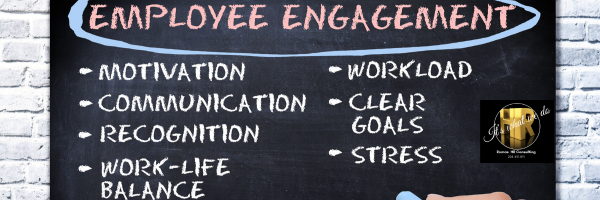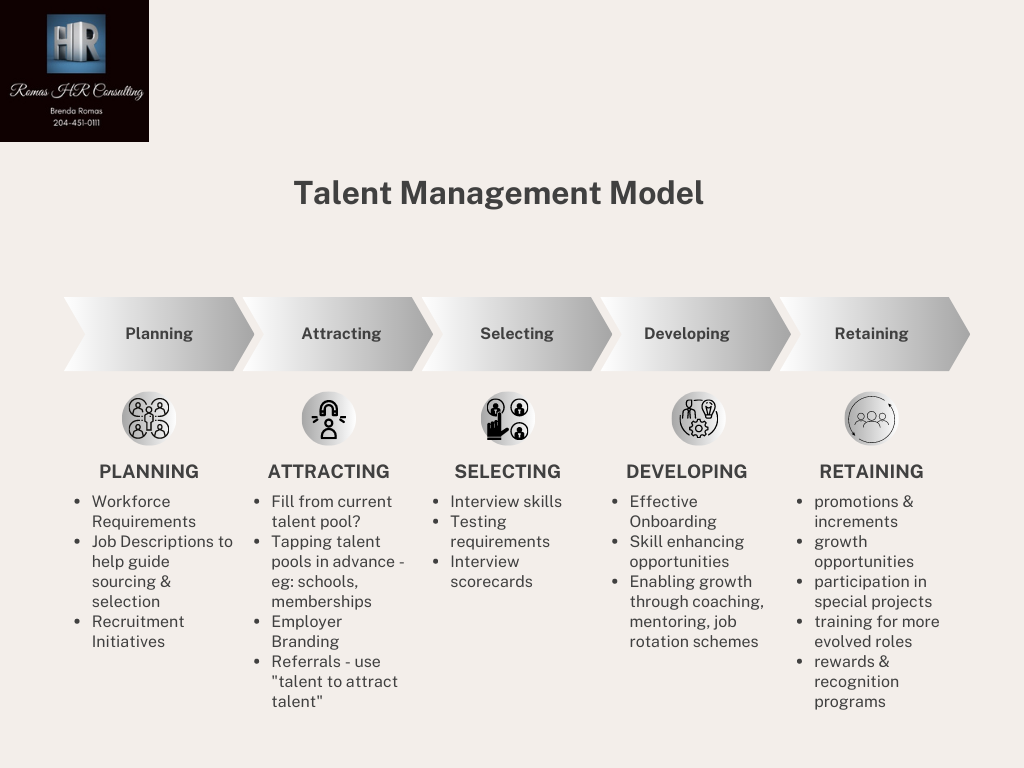The link between Workplace Culture and Employee Engagement

Workplace culture plays a vital role in shaping employee engagement within an organization. A positive workplace culture fosters a sense of belonging, teamwork, and shared values among employees, which can lead to higher levels of engagement and productivity. When employees feel supported, valued, and respected in their work environment, they are more likely to be motivated to perform at their best.
View workplace culture as the personality of the company. Culture is shaped by different factors, including the company’s mission, objectives, expectations, and the leadership style of its executives. It’s reflected in the way decisions are made, how communication flows, the level of autonomy or structure in job roles, and in the recognition and reward systems in place.
Organizations that prioritize building a strong workplace culture often see lower turnover rates, higher job satisfaction levels, and increased employee loyalty. By creating a culture that promotes open communication, collaboration, and recognition of employee contributions, companies can cultivate a positive work environment where employees feel empowered to excel.
In today’s dynamic work environment, cultivating a strong and positive workplace culture is crucial for the sustainability and success of any organization. It requires intentional effort and commitment from all levels of the organization, especially from leadership, to establish and reinforce the values and behaviors that contribute to a healthy and productive work environment. As the business world evolves, so too does the concept of workplace culture, adapting to new norms, technologies, and expectations from the workforce.
In order to enhance employee engagement through workplace culture, it is important for organizations to listen to their employees, address their needs and concerns, and provide opportunities for growth and development. By investing in creating a positive and inclusive workplace culture, companies can not only boost employee engagement but also drive overall success and performance.






